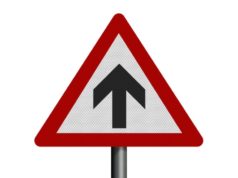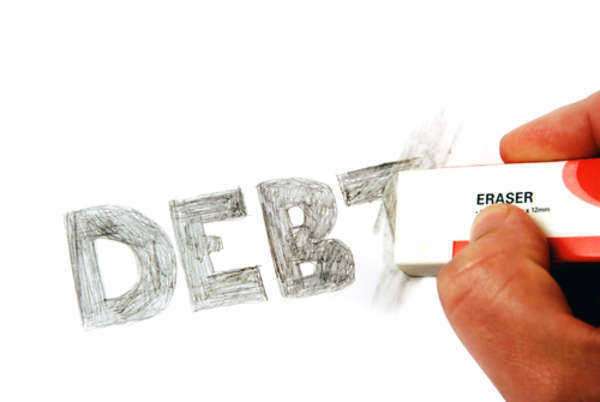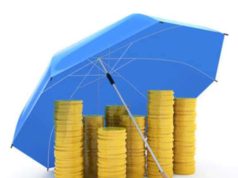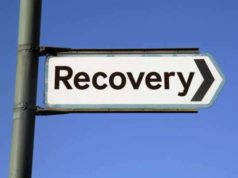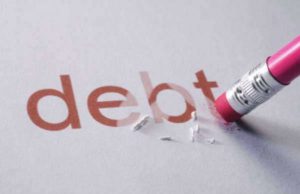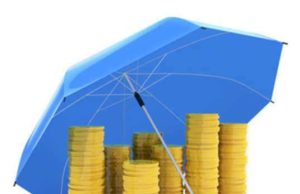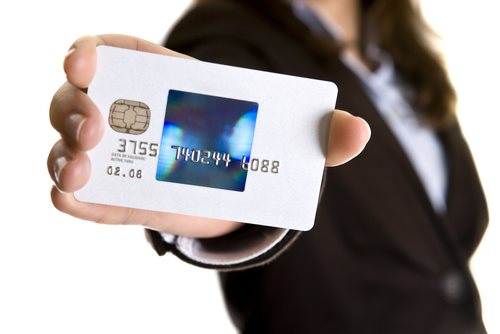
Credit card debt, a financial burden that millions of people around the world are facing every day. It is a reality that most people have to face because of the convenience that credit cards bring. People rely on credit cards to pay for their daily expenses. It is easy to swipe a card and make a payment, but the consequences of that convenience can be severe. Credit card debt has become one of the most significant financial issues that individuals face, and it is a challenge that is not easy to overcome.
The Phenomenon of Credit Card Debt
Credit cards have brought unprecedented convenience to consumers globally, and they offer significant benefits when appropriately used. They are the most commonly used method of payment, and people use them for everything from buying groceries to going on vacations. They offer rewards and cashback options, which make them even more appealing to consumers. The prospect of collecting points and rewards has driven people to use their credit cards more frequently than cash or other payment options.
However, for many people, credit cards have become a way of life, and they continue to spend money they do not have. According to the Consumer Financial Protection Bureau (CFPB), the average credit card debt per household in the United States was $7,027 in 2020. Globally, the numbers are staggering. In 2019, the world’s credit card debt reached a record high of $4.1 trillion, and the numbers continue to grow. The convenience that credit cards bring has also exacerbated the problem of credit card debt, and people continue to spend more money than they can afford.
The Causes of Credit Card Debt
The causes of credit card debt are widespread, from impulse buying to emergencies. Here are some significant causes:
1. Lack of Budgeting and Planning
A lack of planning or budgeting is the most significant cause of credit card debt. Many people do not keep track of their finances and continue to spend without considering their income or expenses. They do not factor in essential expenses like rent, utilities, and groceries, and end up spending more than they earn.
2. Impulse Buying
Impulse buying is another significant cause of credit card debt. People tend to buy things they do not need, and they cannot afford to pay for them outright. The temptation to buy something that catches the eye is hard to resist, and this results in mounting credit card debt.
3. Emergencies
Emergencies are an inevitable cause of credit card debt. Whether it is a medical emergency or an unexpected home repair, emergencies arise without warning. When people do not have enough money saved up to cover these expenses, they turn to credit cards to pay for them. This results in more debt that people can struggle to pay off for years.
4. High-Interest Rates
High-interest rates on credit cards are one of the most significant causes of credit card debt. Many credit cards offer low-interest rates for a period, but after that, the rates skyrocket, leaving people with mounting debt. It is not uncommon for people to pay more in interest rates than they do in the principal amount.
The Consequences of Credit Card Debt
Credit card debt can have significant consequences, apart from the financial burden it brings. Here are some of the significant consequences:
1. Stress and Anxiety
Credit card debt can cause immense stress and anxiety. Individuals worry about how they will pay the bills, how they will make ends meet, and whether or not they will ever pay off their debt. The stress and anxiety are not just financial, but they can also impact a person’s physical and mental health.
2. Damaged Credit Score
Credit card debt can result in a damaged credit score, which can make it difficult to secure loans or credit in the future. Late payments, missed payments, and defaulting on payments can all negatively impact a person’s credit score.
3. Harassment from Collections Agencies
Collections agencies can be relentless when it comes to recovering debt. Individuals who cannot pay their credit card bills can receive calls and letters from collections agencies demanding payment. The harassment can be overwhelming and can impact a person’s mental health.
4. Legal Action
In extreme cases, credit card companies can take legal action against individuals who cannot pay their credit card bills. This can result in wage garnishment or seizure of assets, leading to further financial hardship.
How to Get Out of Credit Card Debt
Getting out of credit card debt requires determination, discipline, and a plan. Here are some steps that individuals can take:
1. Create a Budget
The first step in getting out of credit card debt is to create a budget. People need to determine their monthly income and expenses to see where they can cut back. They should factor in essential expenses like rent, utilities, and groceries, and prioritize paying off their credit card debt.
2. Cut Back on Expenses
Once individuals have created a budget, they should look for ways to cut back on expenses. This means getting rid of non-essential expenses like subscriptions, eating out, and entertainment. Cutting back on expenses can free up money that can be used towards paying off credit card debt.
3. Create a Payment Plan
Creating a payment plan can help individuals pay off their credit card debt systematically. People should pay off the highest interest rate credit card first and then move on to the next one. They should make minimum payments on all other credit cards and put any extra money towards paying off the credit card with the highest interest rate.
4. Seek Professional Help
In severe cases, people can seek professional help from credit counseling agencies. These agencies provide debt management plans and can negotiate with credit card companies on behalf of individuals.
Government Resources and Regulations
Governments around the world have implemented regulations to protect consumers from credit card debt. In the United States, the Credit Card Accountability, Responsibility, and Disclosure (CARD) Act of 2009, aimed to protect consumers from unfair and unjust credit card practices. The act restricts the interest rates credit card companies can charge and makes it compulsory for them to provide clear and concise information to consumers.
Many countries have also introduced debt relief schemes to help individuals struggling with credit card debt. In Australia, the National Debt Helpline provides free financial counseling, and in the United Kingdom, the government introduced a debt relief scheme in 2019 to help individuals with their debt.
Conclusion:
Credit card debt is a problem that people around the world are facing every day. While credit cards offer convenience and rewards, they can also be a significant financial burden. The causes of credit card debt are wide-ranging, from impulse buying to emergencies, and the consequences can be severe, from stress and anxiety to damaged credit scores. However, there are ways to get out of credit card debt, with determination, discipline, and a plan. Governments around the world have implemented regulations to protect consumers from credit card debt, and there are resources available to help those in need. It is essential to be mindful of spending habits and to always remain financially responsible.





